The Best Time to Paint Your Home’s Exterior: How to Choose the Best Time for Long-Lasting Results
Choosing the right time to paint the exterior of your home is essential for achieving the best results. The timing of your paint job can significantly impact the durability and overall finish, ensuring that your home stays looking fresh and protected for years to come. Painting during the wrong season can lead to issues such as poor adhesion, bubbling, or peeling.
In this blog, we’ll guide you on when the best time to paint your home is, specifically focusing on the advantages of painting during the spring and summer seasons. These seasons offer the ideal weather conditions for a long-lasting, high-quality finish.
Seasonal Considerations for Exterior Painting
Why Season Matters
The season you choose for exterior painting plays a significant role in achieving the best results. Different weather conditions in various seasons can affect how the paint adheres to the surface and how well it cures. Choosing the best time to paint your home ensures that you avoid issues such as peeling or cracking due to unfavorable weather conditions. Timing your painting project right allows the paint to bond properly, providing long-lasting coverage and protection.
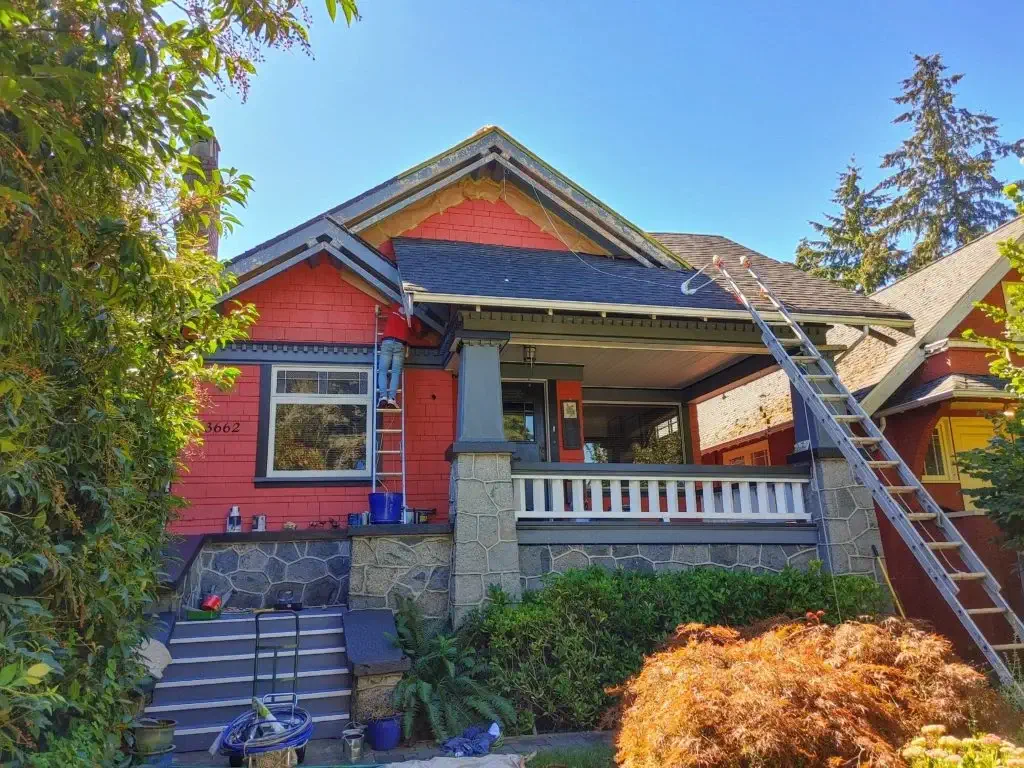
Weather Impact
Rain, wind, and extreme weather conditions can severely impact the exterior painting process. Rain can wash away freshly applied paint, while high winds can cause debris to stick to the wet paint, ruining the finish. Extremely hot or cold temperatures can prevent the paint from curing properly. That’s why it’s essential to monitor the forecast and choose the best time to paint your home when the weather is stable and mild, ensuring the paint job lasts longer and remains smooth.
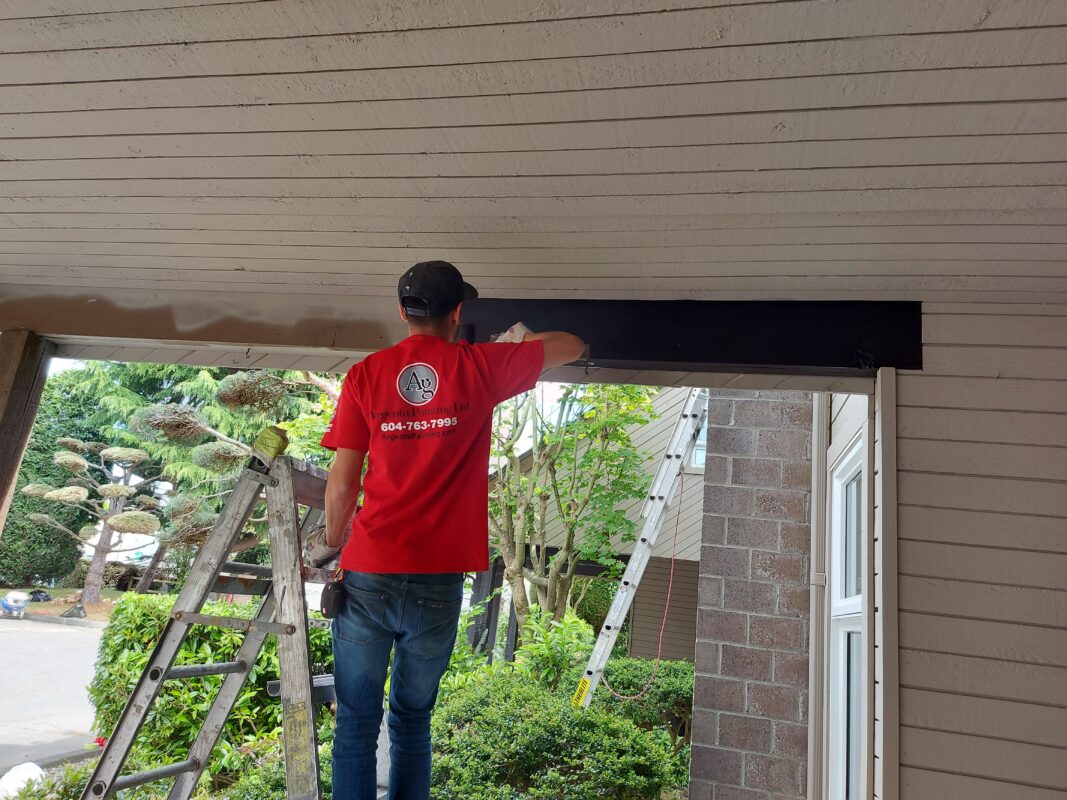
Ideal Temperature and Humidity Levels
Temperature and humidity are key factors in exterior painting. The ideal temperature range for painting is between 50°F and 85°F (10°C to 30°C). Within this range, the paint dries at an optimal rate, allowing for proper curing without drying too quickly or too slowly. Humidity also plays a role—high humidity can cause paint to dry unevenly, leading to streaks or longer drying times. Choosing the best time to paint your home, typically during spring or early summer, ensures that the temperature and humidity are favorable for a flawless finish.
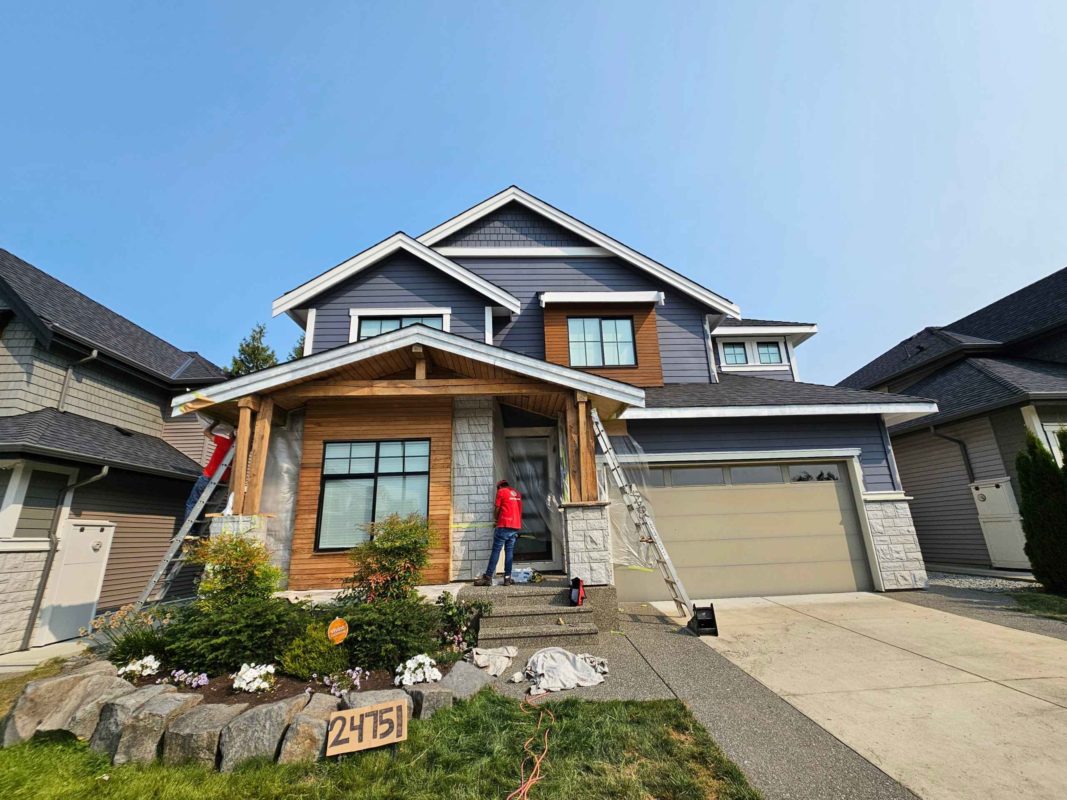
Benefits of Painting in Spring
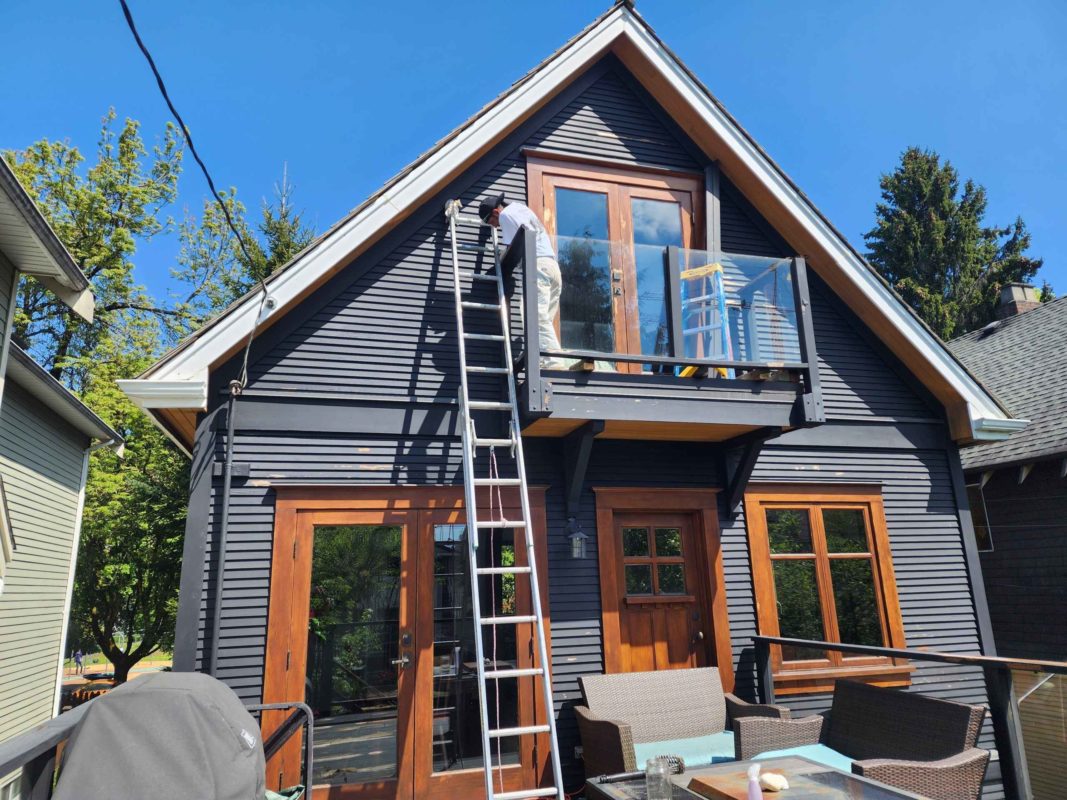
Lower Humidity
Another benefit of spring painting is the lower humidity levels. Humidity can interfere with the drying process, leading to uneven finishes, bubbles, or peeling paint. In spring, the lower humidity helps the paint adhere more effectively to surfaces, reducing the likelihood of these issues. For homeowners looking for the best time to paint your home, spring provides the perfect conditions for achieving a smooth and flawless paint job.
Mild Temperatures
Spring is often considered the best time to paint your home because of its mild temperatures. During this season, temperatures are typically moderate, falling within the optimal range for paint to dry and cure at the correct rate. This allows the paint to adhere properly, preventing issues like cracking or peeling that can arise when painting in extreme heat or cold. Spring’s temperate climate ensures that your paint job has the best chance to achieve a smooth, durable finish.
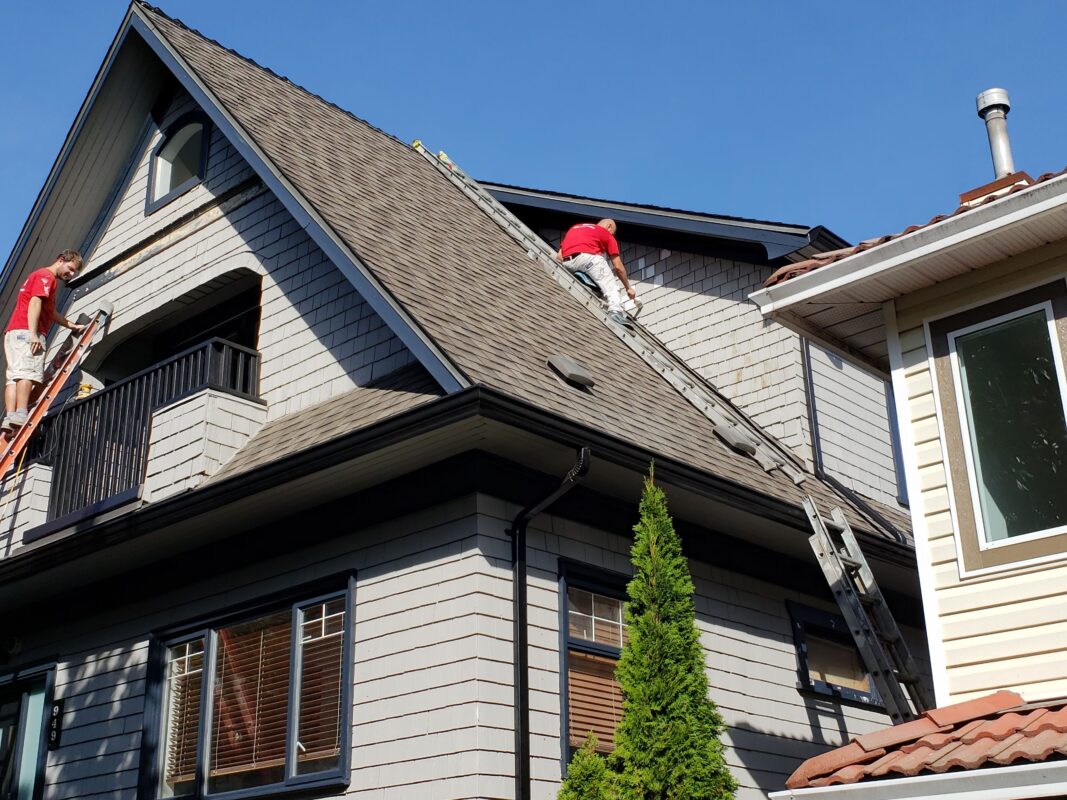
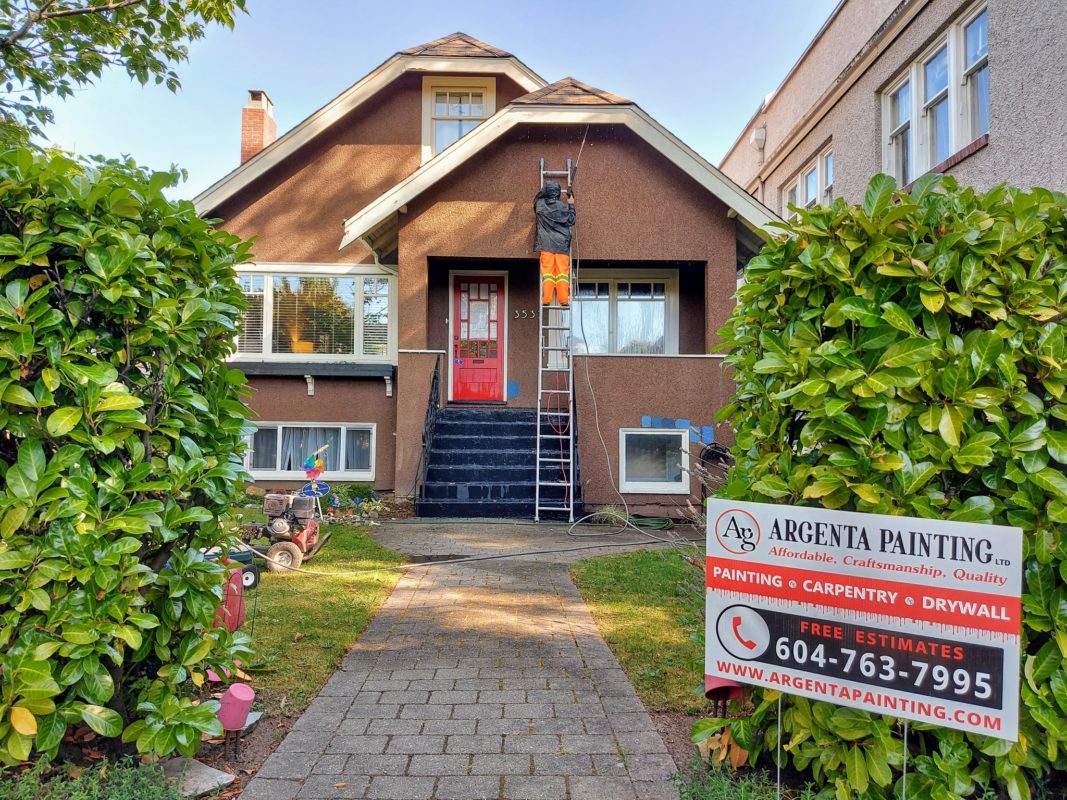
Prepping for Summer
Painting in spring also helps you prepare for the harsh summer months. A freshly painted exterior in spring can help protect your home from the intense summer heat, sun exposure, and potential rainstorms. By painting in spring, you ensure that your home’s exterior is well-prepared and protected before the more extreme weather conditions of summer, preventing early wear and tear on the paint.
Benefits of Painting in Summer
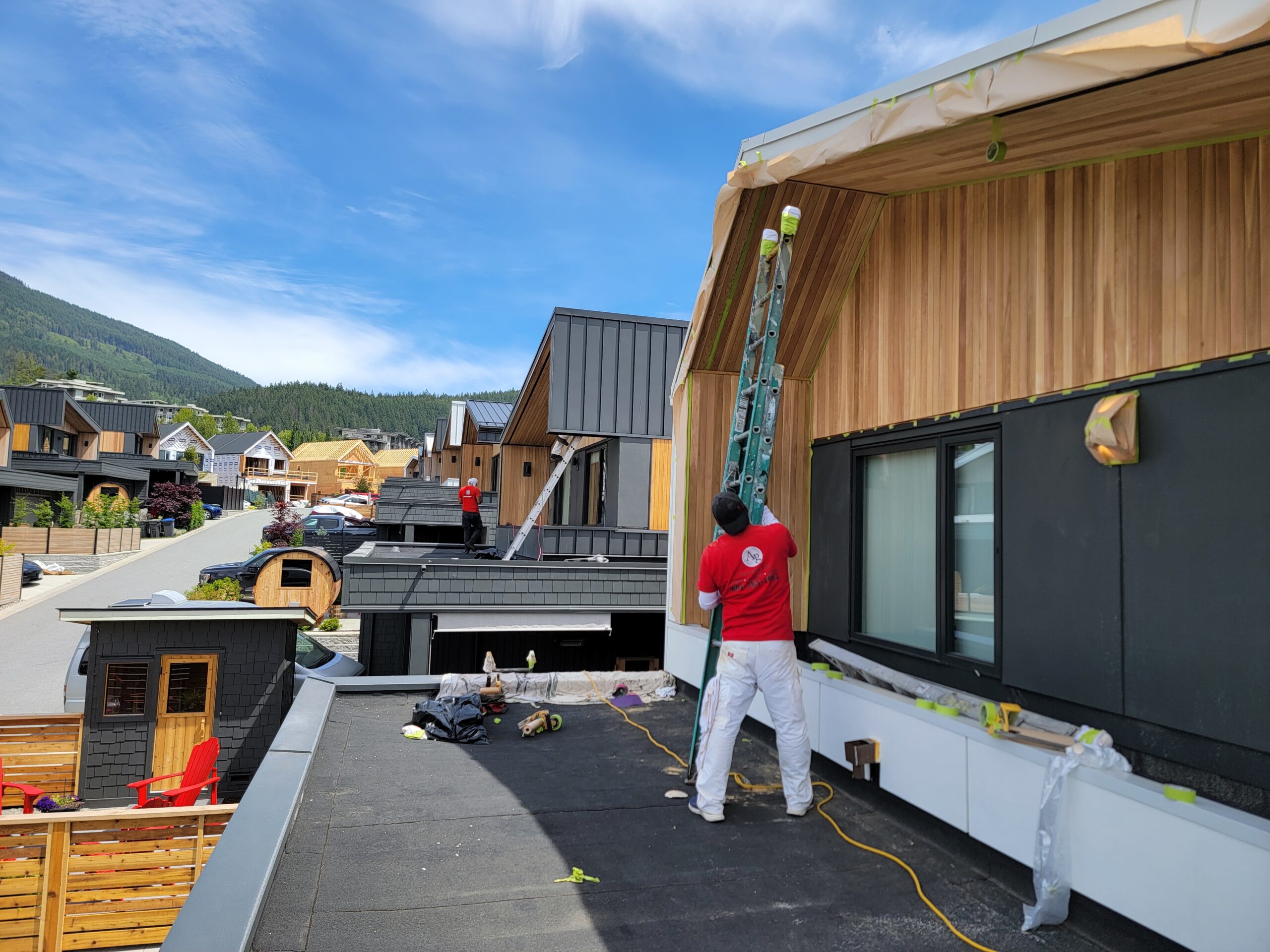
Warmer Temperatures
Summer offers the advantage of warmer temperatures, making it the best time to paint your home for optimal drying and curing. The heat helps the paint dry properly, and it accelerates the curing process, leading to more durable and long-lasting results. Faster drying times mean that you can apply multiple coats in a shorter period, which is ideal for achieving an even and smooth finish. With the right temperatures, your paint can set perfectly and stand up better against the elements.
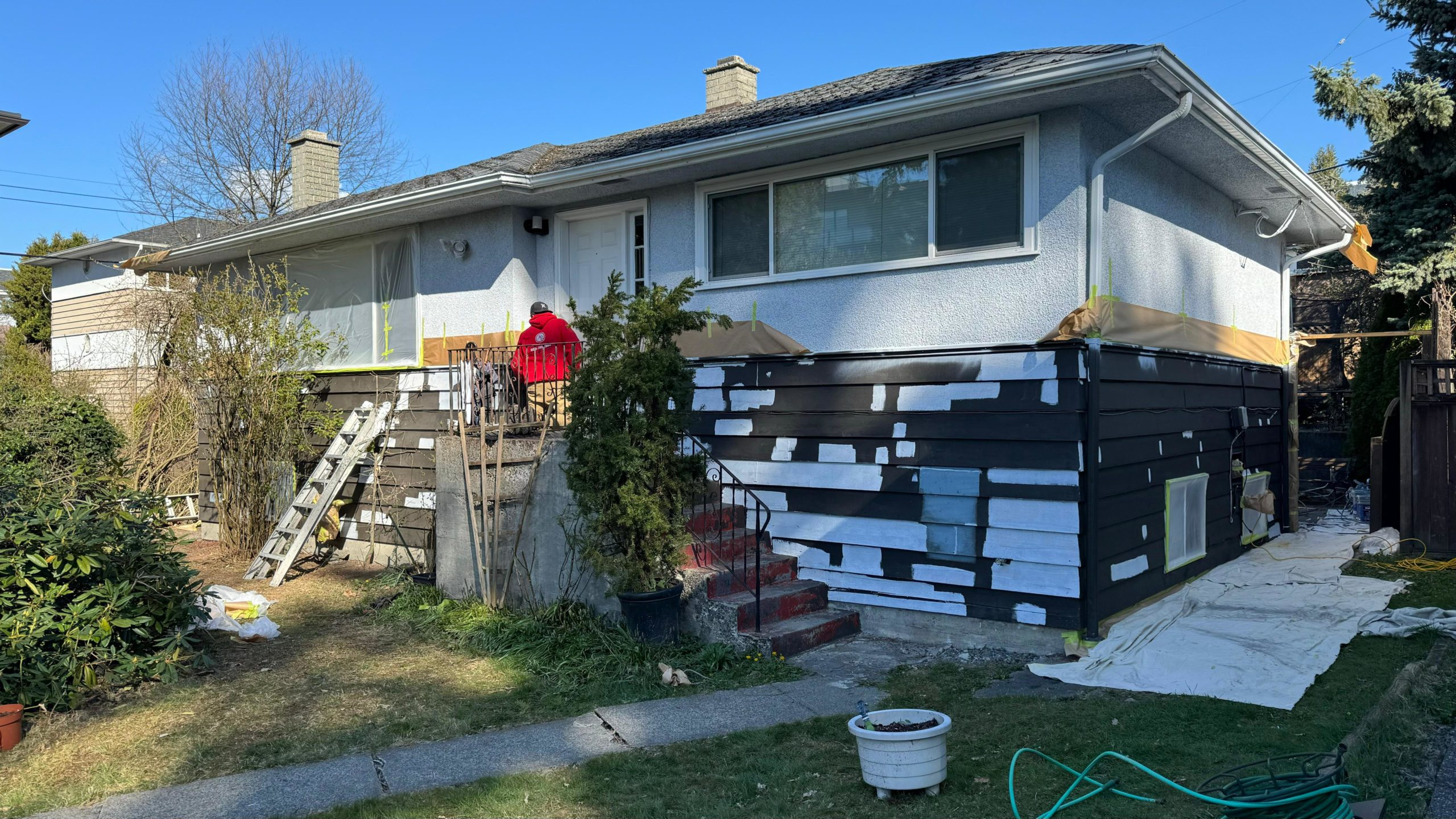
Longer Days
One of the advantages of summer is the longer daylight hours, which makes it an ideal time for painting. The best time to paint your home often includes these extended days, allowing you to work efficiently with more available hours. This is especially helpful for larger painting projects where you can take advantage of the sunlight to maximize progress. With summer’s longer days, you’ll have the flexibility to start early and continue working later, giving you ample time to achieve a flawless finish.
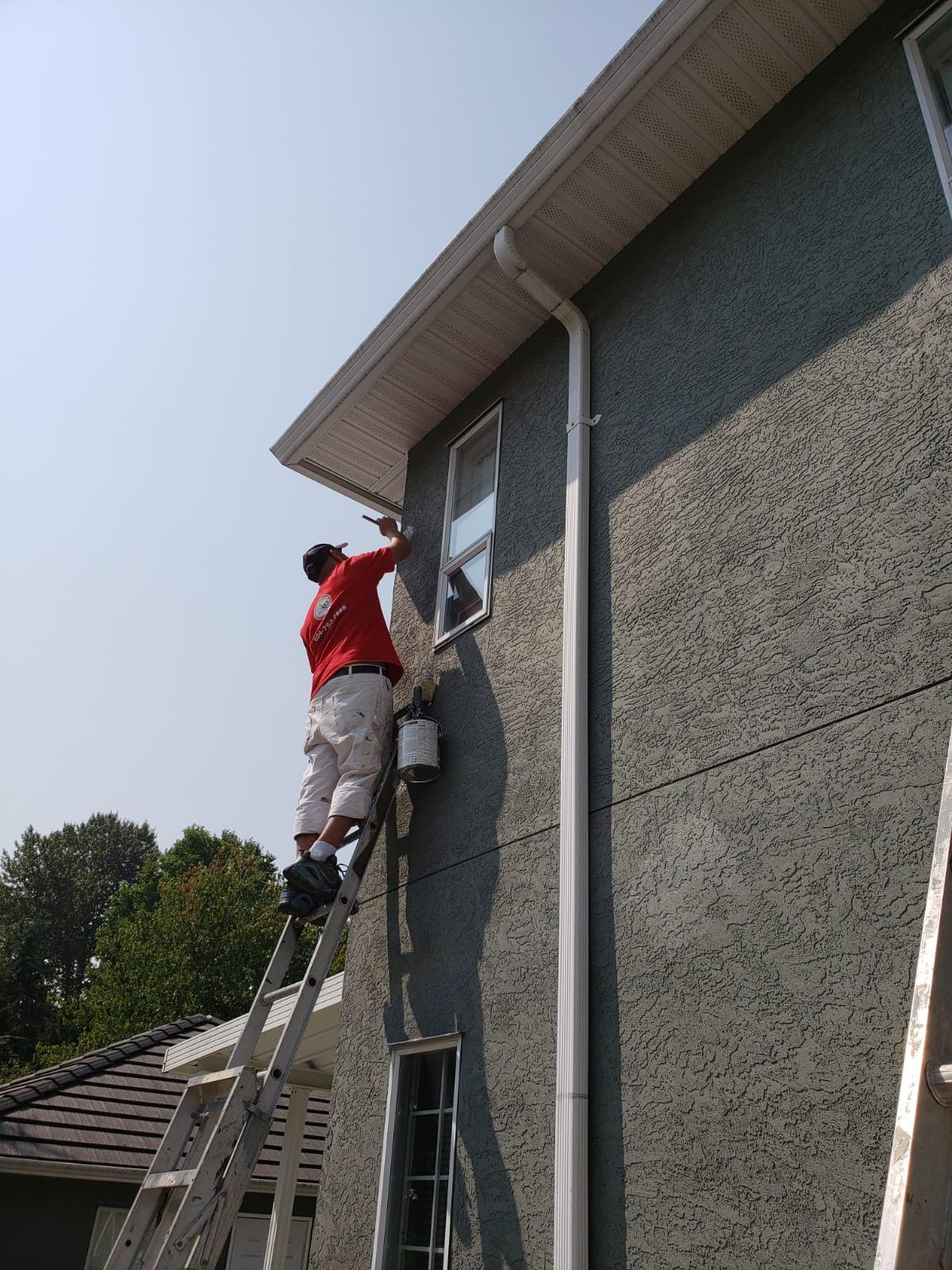
Good Weather Conditions
Another reason summer is considered the best time to paint your home is the typically stable and dry weather. With fewer rainy days, summer allows for a more consistent painting experience. This means you can plan your exterior painting project with confidence, knowing that the weather is less likely to disrupt your work. The sunny conditions during summer help ensure that your paint dries evenly, providing a smooth and long-lasting finish without worrying about water damage.
Why Winter and Fall Can Be Challenging for Exterior Painting
Winter: The Challenges of Low Temperatures
Winter is generally not the best time to paint your home due to low temperatures that can hinder the painting process. When temperatures fall below 50°F (10°C), paint application, adhesion, and drying problems can occur. Cold surfaces can create adhesion issues, as drops in temperature often increase paint viscosity and thickness, making the material harder to work with. According to Dunn-Edwards Paints, “In colder weather, paint may not dry or cure as it should, which can lead to cracking and peeling” (Dunn-Edwards).
Additionally, painting in cold weather can lead to uneven finishes and may cause the paint to crack or peel due to improper drying conditions. Even if the paint appears dry, freezing temperatures can prevent it from curing properly, affecting the durability of the finish. Therefore, it’s advisable to schedule exterior painting projects during milder seasons to ensure optimal results.
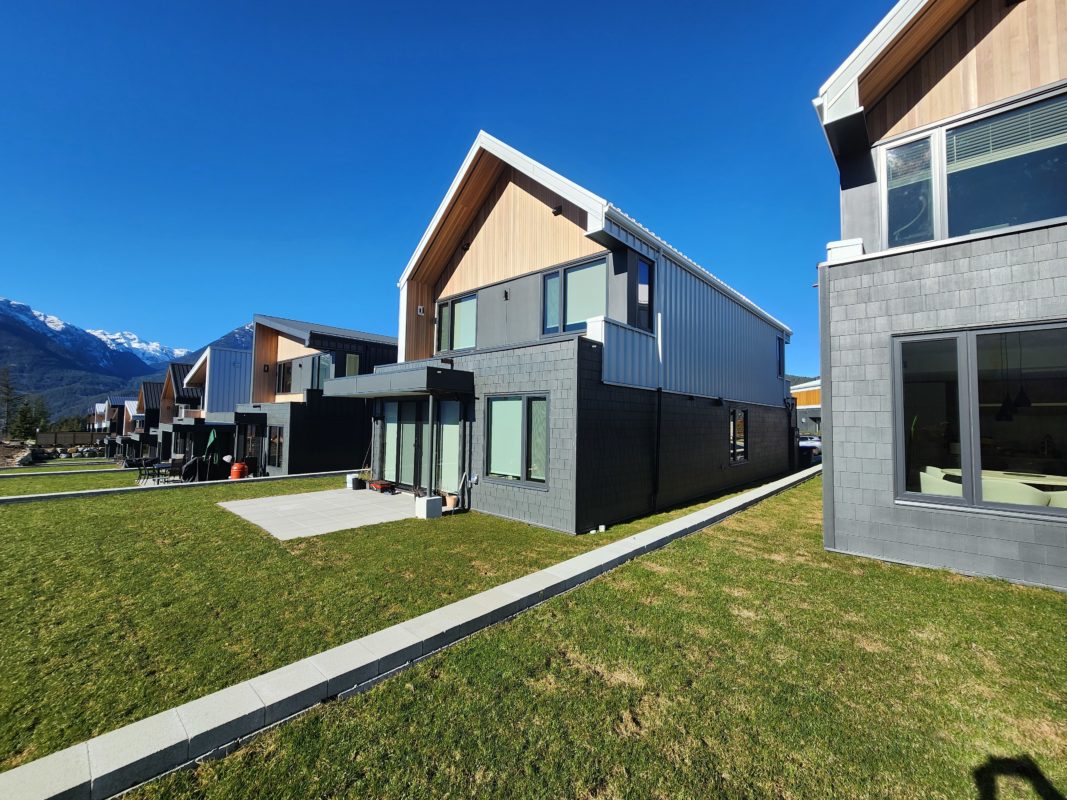
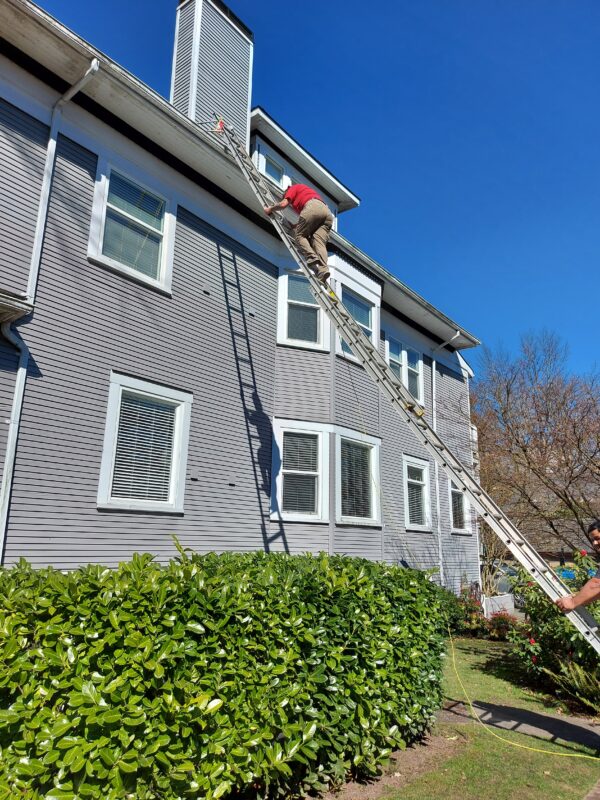
Fall: Unpredictable Weather Conditions
Fall can present challenges for exterior painting, primarily due to unpredictable weather patterns. As temperatures drop, maintaining optimal painting conditions becomes more difficult. While fall offers ideal weather conditions for exterior painting, it is often too short-lived. Temperature fluctuations and early frosts make it harder to ensure the paint cures correctly. It is important to keep an eye on the weather forecast and avoid painting when the temperature drops too much. Keeping this in mind will help you understand when is the best time to paint your home.
The Importance of Monitoring Weather Forecasts
Checking the Weather
When determining the best time to paint your home, it’s essential to monitor the weather forecast leading up to your painting day. Unpredictable weather can delay or damage your paint job, so staying informed is crucial. Factors like rain, high winds, or sudden temperature drops can negatively affect the paint’s adhesion and curing process. By checking the forecast, you can ensure that the conditions are right for a successful paint job that will last.
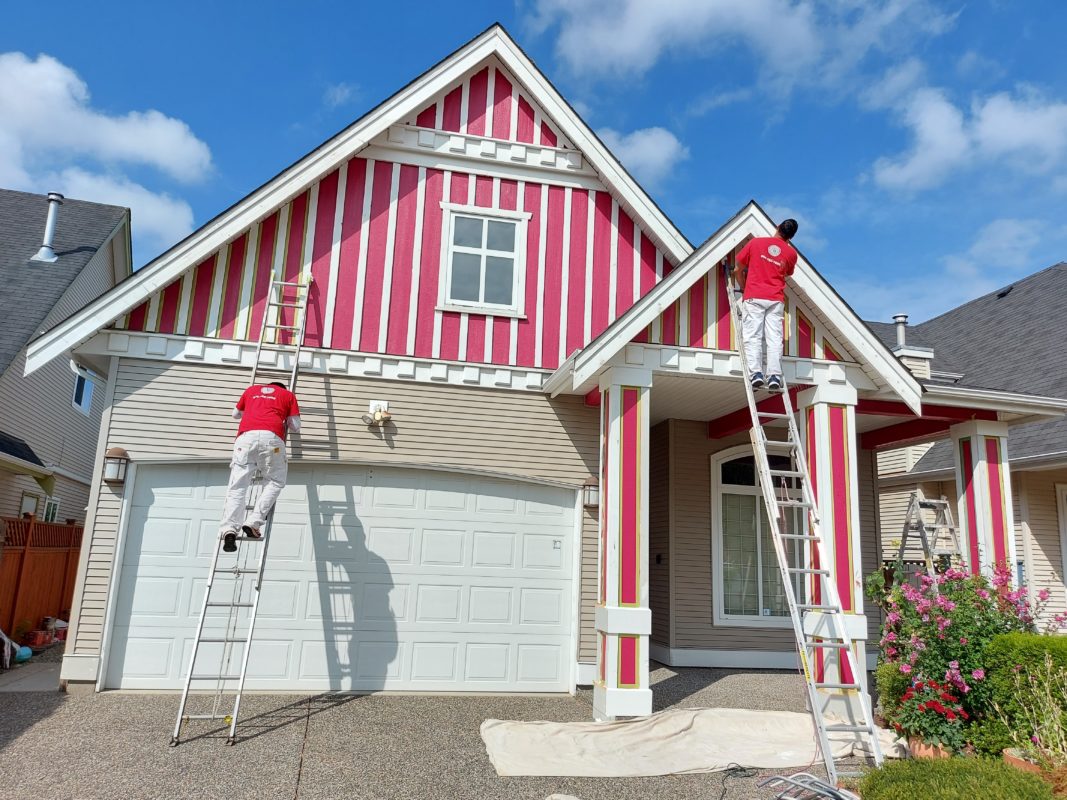
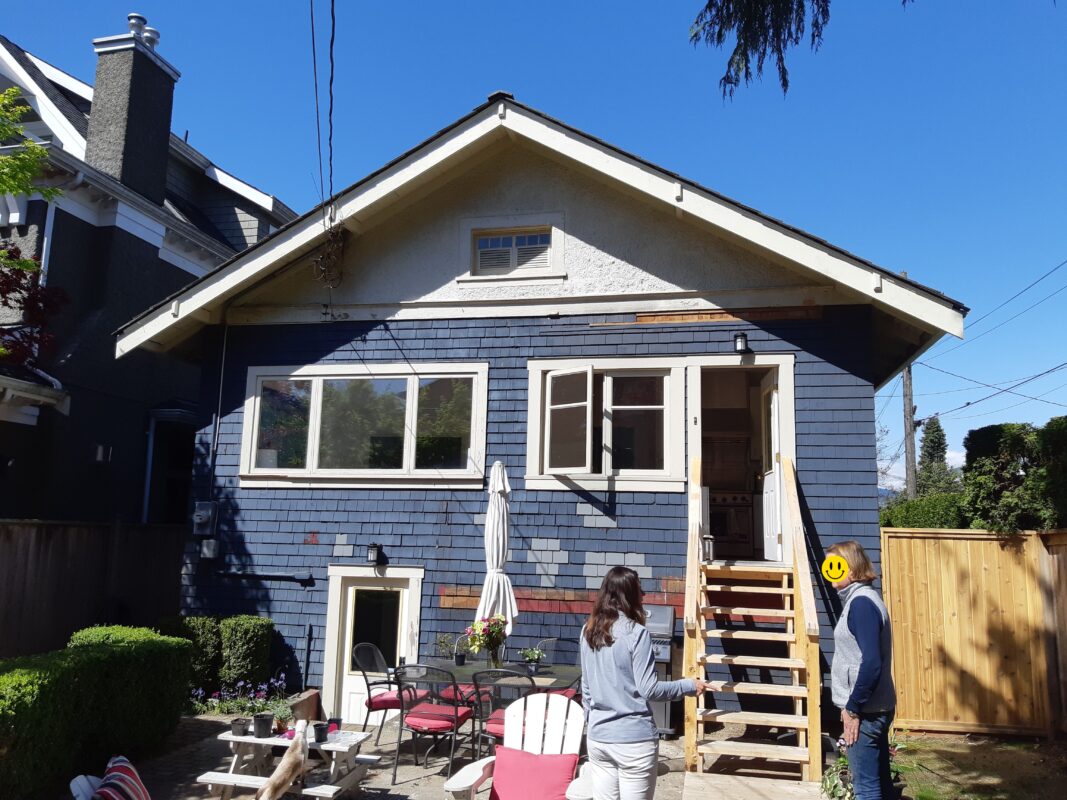
Preparing for Ideal Conditions
Even when you’ve selected the best time to paint your home, weather conditions can change unexpectedly. If the forecast predicts rain or extreme temperatures, it’s important to have a plan to adjust. Rescheduling or shifting your painting schedule to accommodate ideal conditions—like painting in the early morning or waiting for a dry spell—will help ensure that your exterior paint job remains smooth and long-lasting.
How Professional Help Can Ensure the Best Timing
Expert Assessment
When determining the best time to paint your home, professionals can assess your location and the prevailing weather patterns to choose the optimal time for your project. Experienced painters understand the local climate and how seasonal changes affect the exterior painting process. They can ensure that your home is painted during the most favorable conditions, allowing the paint to properly adhere and cure for long-lasting results.
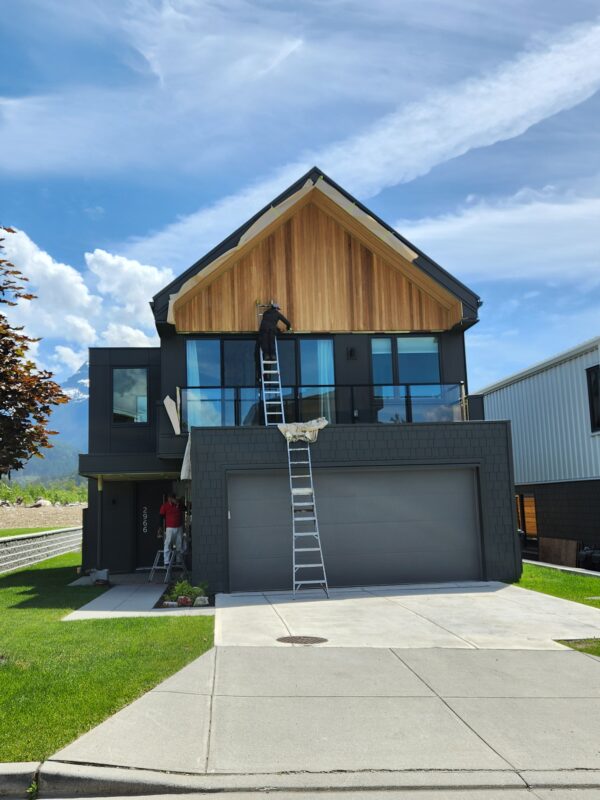
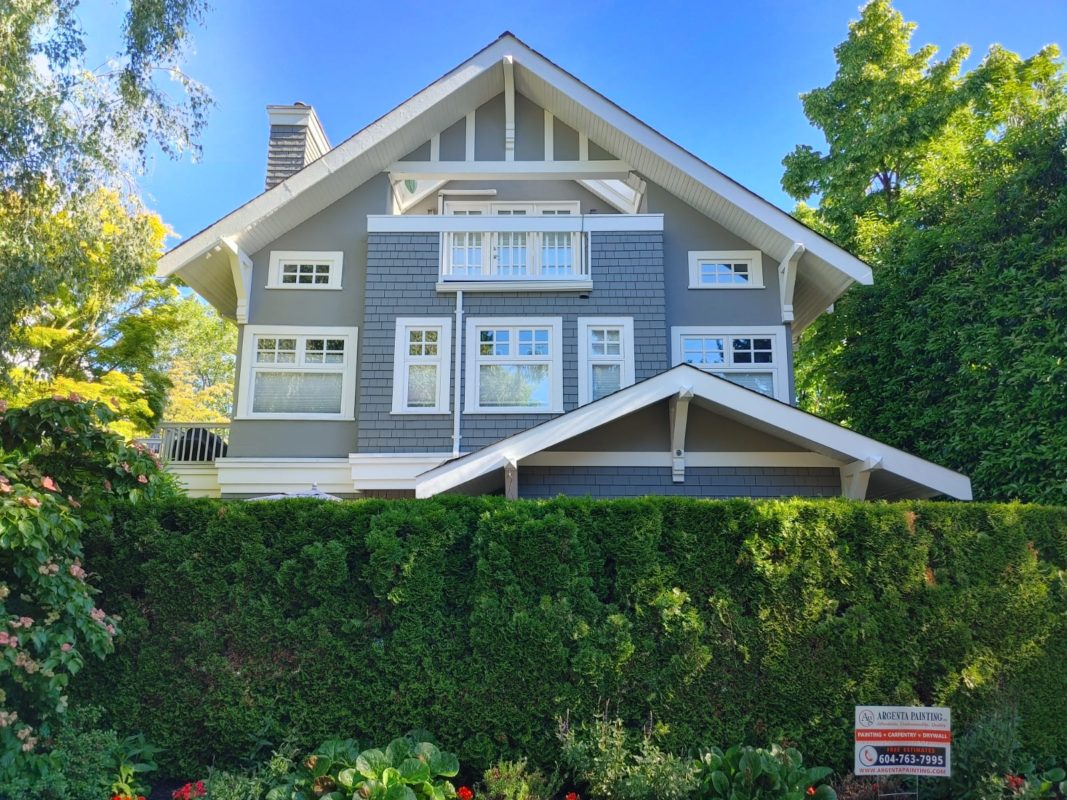
Long-Lasting Results with Professional Help
Hiring professional painters can significantly improve the outcome of your project. By ensuring that your home is painted at the best time to paint your home, experts can manage the conditions to achieve a flawless finish. Professionals know how to handle unexpected weather changes and adjust accordingly, ensuring that the paint cures properly and provides the best possible protection against the elements. This results in a longer-lasting, high-quality finish that will help maintain your home’s exterior for years to come.
Choosing the best time to paint your home’s exterior is crucial for ensuring the longevity and effectiveness of your paint job. The right timing—whether in spring or summer—provides the perfect conditions for your exterior paint to adhere properly and cure for long-lasting results. By painting during these ideal seasons, homeowners can protect their property from the elements and maintain a beautiful, durable exterior.
Spring and summer offer the most favorable conditions for exterior painting, with moderate temperatures, lower humidity, and longer daylight hours. These factors contribute to a smoother, more consistent finish that will stand the test of time.

Call a Professional
The best time to paint your home’s exterior is here! Argenta Restoration Ltd. is here to help. Our expert team offers professional exterior painting services, ensuring high-quality results that enhance your home’s curb appeal and protect it for years to come. Contact us today to schedule your consultation!
